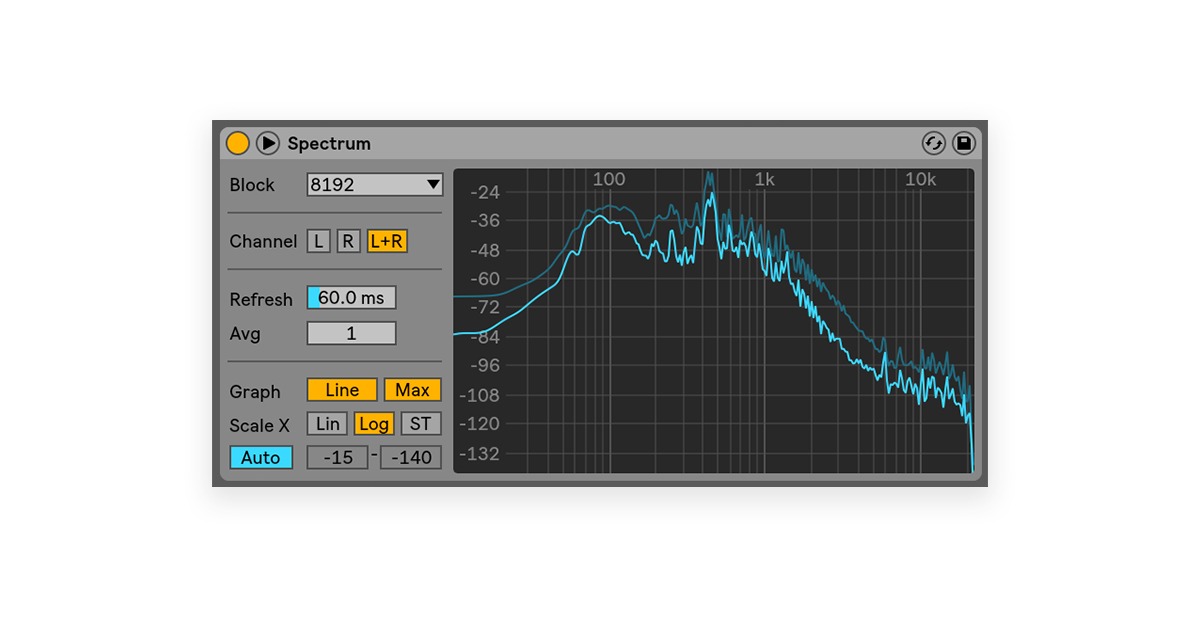
It discusses the socio-economic factors that lead to the plugins development through the advent of the ‘prosumer’. This chapter discusses the notions of ‘engineering authenticity’ in DSP modeled plugins by discussing Wave’s Abbey Road TG Mastering Chain VST, highlighting how Waves have attempted to translate and emulate the valves, transformers and circuitry of the EMI TG 12410 Transfer Console into cold, hard DSP code. With this mastering, as both a technical process and artist craft, is undergoing a transformative evolution. By doing so, we critique the discourse of AI’s inevitability and show the ways in which machine learning must frame or reframe cultural and aesthetic practices in order to automate them, in service of digital distribution, recognition, and recommendation infrastructures.Īs audio plugin manufacturers model and market hardware devices of the past this, coupled with the advent of Ai (Artificial Intelligence) and Machine Learning mastering platforms, musicians and producers are taking on the mastering process. Here we analyze the intersecting histories of machine learning and mastering, as well as LANDR’s failure at automating other domains of audio engineering. Mastering, in turn, has become an indispensable but understudied part of music circulation as an infrastructural practice. While LANDR is a product of the so-called ‘big bang’ in machine learning, it could not exist without specific conditions: specific kinds of commensurable data, as well as specific aesthetic and industrial conditions.

Increasingly, machine learning will become an integral part of signal processing for sounds and images, shaping the way media cultures sound, look, and feel. The paper examines the emergence of LANDR, an online platform that offers automated music mastering, built on top of supervised machine learning branded as artificial intelligence. This paper traces the infrastructural politics of automated music mastering to reveal how contemporary iterations of artificial intelligence (AI) shape cultural production. This study provides a new perspective on the perception of content from human and instant mastering, which may offer a first step to understanding many differences between the two services. These results show a partial support for claims of human mastering superiority based on preference. Preference towards human-mastered samples was observed from jazz excerpts but not from rock excerpts. Subjects were unable to consistently identify human-mastered musical samples. Furthermore, objective parameters pertaining to timbre and spectral energy distribution were calculated from stimuli. Later, subjects were asked to provide preference rankings among human-mastered and instant-mastered samples. In a listening test, subjects were asked to identify human-mastered samples.

Music was submitted for mastering provided by two human mastering engineers and two automatic mastering services. The presented investigation explores the perception of mastered products by popular mastering services found online.
#LANDR MIXING PROFESSIONAL#
However, many claim that the results from automatic mastering services are inferior to the work of professional human engineers. Technological advances in music and audio engineering have brought forth a new method of audio mastering in the form of online automatic mastering services. And unlike many other new media firms, LANDR’s connection to its local music scene has been essential to its development, growth, and authority, even as they have since moved on from that scene, and even as the relationship was never fully reciprocal. While LANDR claims to automate the work of mastering engineers, it appears to expand and morph the definition of mastering itself: it devalues people’s aesthetic labor as it establishes higher standards for recordings online. To parochialize the machine learning part of what LANDR does, this study spirals in from bigger contexts to smaller ones: LANDR’s place between the new media industry and the mastering industry the music scene in their home city, Montreal, Quebec LANDR use by DIY musicians and independent engineers and, finally, the LANDR interface and the sound it produces in use. Yet we cannot know exactly how much of a role or what role machine learning plays in LANDR. Increasingly, machine learning will become an integral part of the processing of sounds and images, shaping the way our culture sounds, looks, and feels. This article proposes a contextualist approach to machine learning and aesthetics, using LANDR, an online platform that offers automated music mastering and that trumpets its use of supervised machine learning, branded as artificial intelligence (AI).


 0 kommentar(er)
0 kommentar(er)
